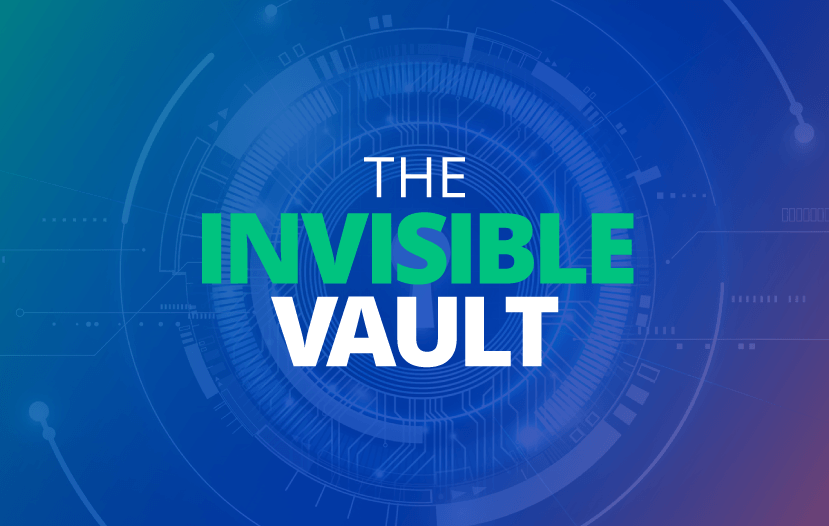Blog
WeWork and Hunt Companies: Elevating Enterprise Liquidity

Technologies like AI, RPA and APIs have the potential to transform treasury and finance from a manual, process-heavy function to a streamlined, efficient machine. But without a well-thought-out, data-driven strategy, these are solutions in search of a problem.
In a panel session at Kyriba Live 2022, representatives from Kyriba, WeWork and Hunt Companies explored how treasury teams begin and execute the technology implementation process. They also weighed in on the role that APIs will play in the future of treasury.
Making a Change
Treasury and finance departments don’t typically have to look hard to find technology vendors ready to show them the latest and greatest solutions to improve their processes. But how does a treasury department truly know when it needs to undergo an automation or transformation project?
On the whole, treasurers tend to embrace automation and digital transformation after evaluating how much time their teams spend on repetitive, manual processes, noted Trish Fisher, assistant treasurer for WeWork. “It gets to a point where your very valuable people are doing the same thing over and over again, every single day,” she said. “There’s room for change, so that your people can be focused more on analysis than data keying.”
David Miller, SVP and treasurer for Hunt Companies, explained that whenever he sees his team bogged down with a repetitive, manual process, he immediately begins exploring any automation options available. “Manual processes… drive me crazy,” he said. “Whenever and wherever I possibly can replace it with a piece of technology, I look to do that.”
Bob Stark, global head of market strategy for Kyriba, noted that some CFOs and treasurers look at automation as the steppingstone to a larger transformation process. Generally, treasury and finance departments need to unlock the level of productivity that automation offers before they embrace more innovative technologies and what they have to offer.
But regardless of the type of technology implementation taking place, the greatest challenge for treasury team members is to manage that process while simultaneously making sure everything keeps running as it’s always been, Fisher explained. “The folks who have to be closest to that implementation also have a day job,” she said. “It’s a balancing act.”
Getting Started
One of the most critical steps for treasury when embarking on a technology implementation is establishing clear lines of communication with all parties involved. If a treasurer wants a cash forecasting module, they need to clarify what they want that module to do. How should that module interact with other modules? How will end users to interact it? Treasury needs to provide those details. “If we’re communicating only in our own business language to the consulting firm or the implementation team… we’re destined to fail,” Fisher said.
Miller advises treasury teams to talk to their peers and attend treasury conferences like Kyriba Live to gain a better understanding of what systems are out there and whether they will suit their needs. It is incredibly difficult to look at a demo of a product and understand what implementation will look like, how long it will take, how much it will cost, etc. Additionally, treasury should bring in other departments to get their perspectives on a potential implementation and show them how they can benefit as well.
It’s also important to remember that the “blueprint” that treasury has at the very beginning of an implementation will almost certainly need to change as the project goes on. Fisher stressed that treasury staff should be constantly updating that blueprint and documenting those changes carefully. “Because in six months to a year when you have an opportunity to use the application in a different way… you’re going to have to start at square one if you don’t have that proper, documented architecture in front of you,” she said.
The Role of the TMS
Stark asked the panel about the role that a TMS plays in the digital transformation process.
Fisher sees the TMS as the “backbone of everything” at WeWork. While the ERP is generally viewed as the single source of truth across the entire company, what ends up within the ERP gets there through the TMS.
It’s much the same at Hunt Companies; the TMS is the “core” of the company and the source of truth for the entire organization. “You can’t dispute cash,” Miller said. “Entries in an ERP—someone could key in whatever they want. But [a TMS] is actually what occurred. It’s our books and records.”
For Miller, using the TMS has been good for business in more ways than just efficiency. Having a bank agnostic platform has allowed treasury to do business with more banks. And since banks are one of Hunt’s client bases, the TMS has indirectly provided the company with business opportunities.
Still, quantifying ROI on a TMS can be difficult. Fisher noted that other departments like FP&A, IT and accounting tend to have trouble following “treasury speak.” Therefore, the onus is on treasury to find ways to communicate ROI. Treasury can show those other functions how much time and money is spent fixing errors in an ERP that come about due to a lack of normalized data. Then they can show them how all those errors go away by investing in a cloud-based TMS that houses that data.
Integrating Emerging Technologies
Miller sees APIs as the future of treasury, and he wants to use them wherever possible. From his perspective, APIs should be connecting everything, and FTP should be a remnant of the past. His treasury team is using real-time payments, and is working on getting real-time balances and information. “I want real-time everything,” he said. “There’s no reason in 2022 why we can’t have that.”
Fisher noted that banking technology is only as advanced as regulations will allow. Nonbank fintech companies can develop a lot of this technology faster than banks simply because they aren’t bound by the same regulations.
Stark agreed, noting that Kyriba built API teams to connect to banks and ERPs, as well as a team to open the Kyriba platform so other systems could create scripts and connectors into that platform. Of the three, the open platform has seen the most activity. “There are a whole host of apps that can go into that platform at a different pace than those other pillars,” he said.
Improving Implementation
Looking ahead, Fisher feels that treasury as whole needs a better methodology for TMS implementation. Treasury teams tend to be very excited about implementation projects at the beginning, but by the end they are exhausted. This can lead to treasury not even accessing all the functionality their TMS has to offer because just getting the basics set up took so long. So, if the implementation could be a bit more plug-and-play through a better process or easier steps, it might go a long way towards maintaining enthusiasm for it. “People wouldn’t get that analysis paralysis when they’re tired of the project and they could really home in on the excitement and make the most of their application,” she said.
The crux of the problem, Stark noted, is a need for data to be harnessed and organized in such a way that it is useful to treasury teams. “APIs are a fantastic tool to bring more data into our treasury management system,” he said. “And yet that need to organize it into something that’s meaningful is difficult. So, capabilities that allow us to do that, whether it’s workflow oriented or visualization, are big.”












